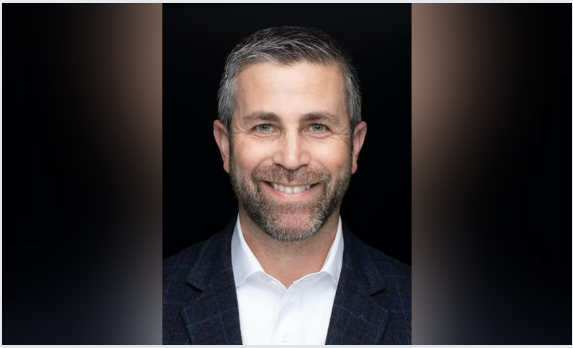Figuring prominently in the program is its ability to help consumers put together a down payment. Banfield noted that saving for a down payment is often cited as one of the most daunting barriers toward buying a house. Purchase Plus can help minimize the hurdle by providing eligible homebuyers in one of the six cities a base credit of $5,000 plus an additional lender credit totaling 1% of the home’s purchase price – up to $2,500 – for a potential savings of $7,500, he said.
Read more: Bank of America expands minority lending possibilities
“The number one issue for anybody trying to buy a home is saving for their down payment and their closing costs,” Banfield explained. “So we said, we do a lot of lending in these areas. We’ll do $5,000 toward their down payment and an additional 1% up to $2,500. So, it could be $7,500 combined.”
Another benefit of Purchase Plus, he noted, is the elimination of exclusions based on area median income, thereby broadening the scope of borrowers availing themselves of the program. He added that the first phase of Purchase Plus will focus on specific census tracts in each of the six cities and their surrounding metropolitan areas – places where the initiative can make the biggest impact in bridging the homeownership gap.
The program also offers something of a twist: Banfield noted that borrowers within the six test cities who become eligible for the Purchase Plus program can buy a home in any city of their choosing. “There’s an interesting feature in here that is unique that I don’t think I’ve seen done before,” Banfield said. “If you live in one of those communities and you’re now eligible, you don’t have to buy in that community. Are we trying to reinforce buying in those communities? Sure. But what we’re really trying to do is opening the door to generational wealth through buying a home.”

